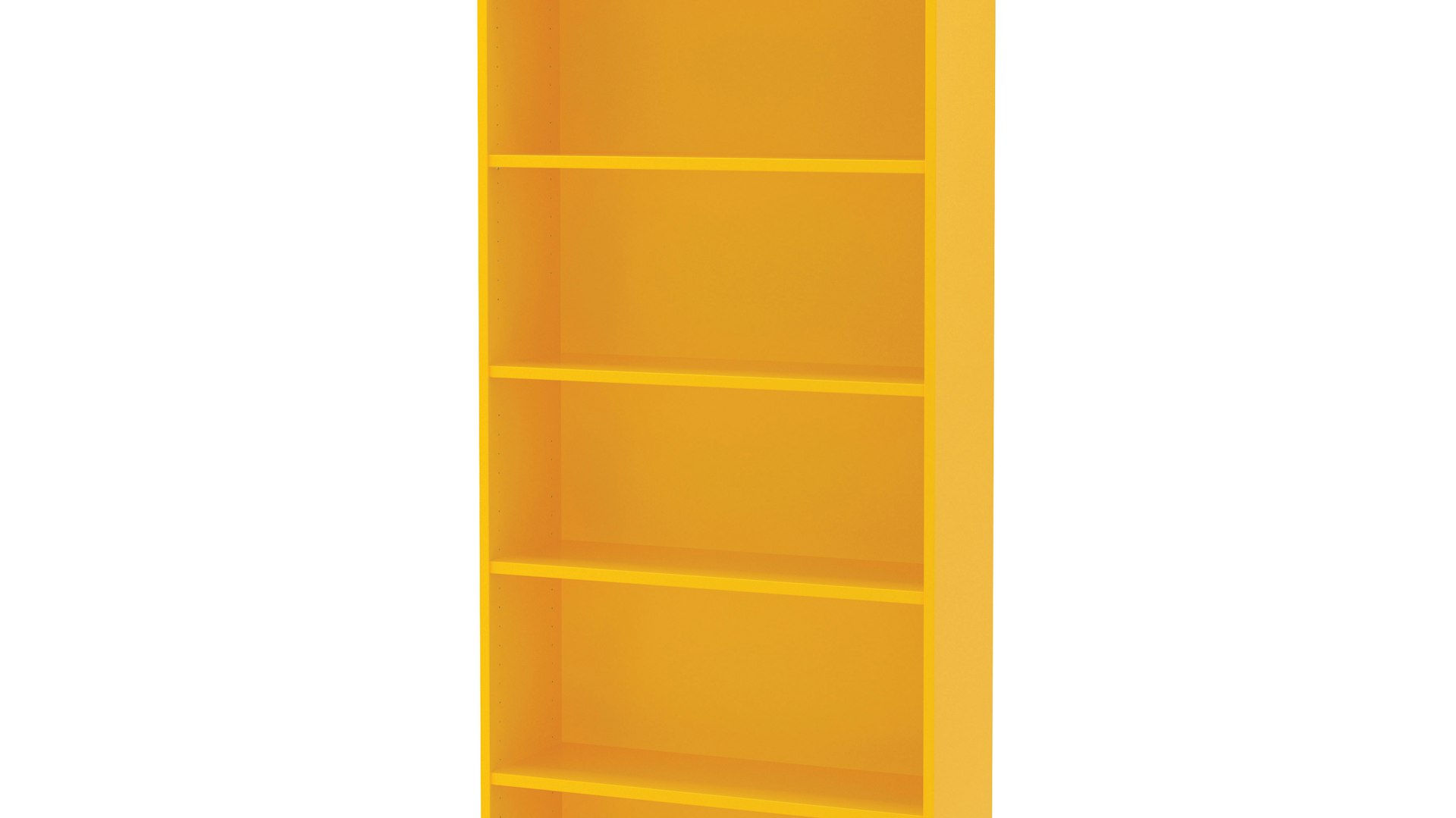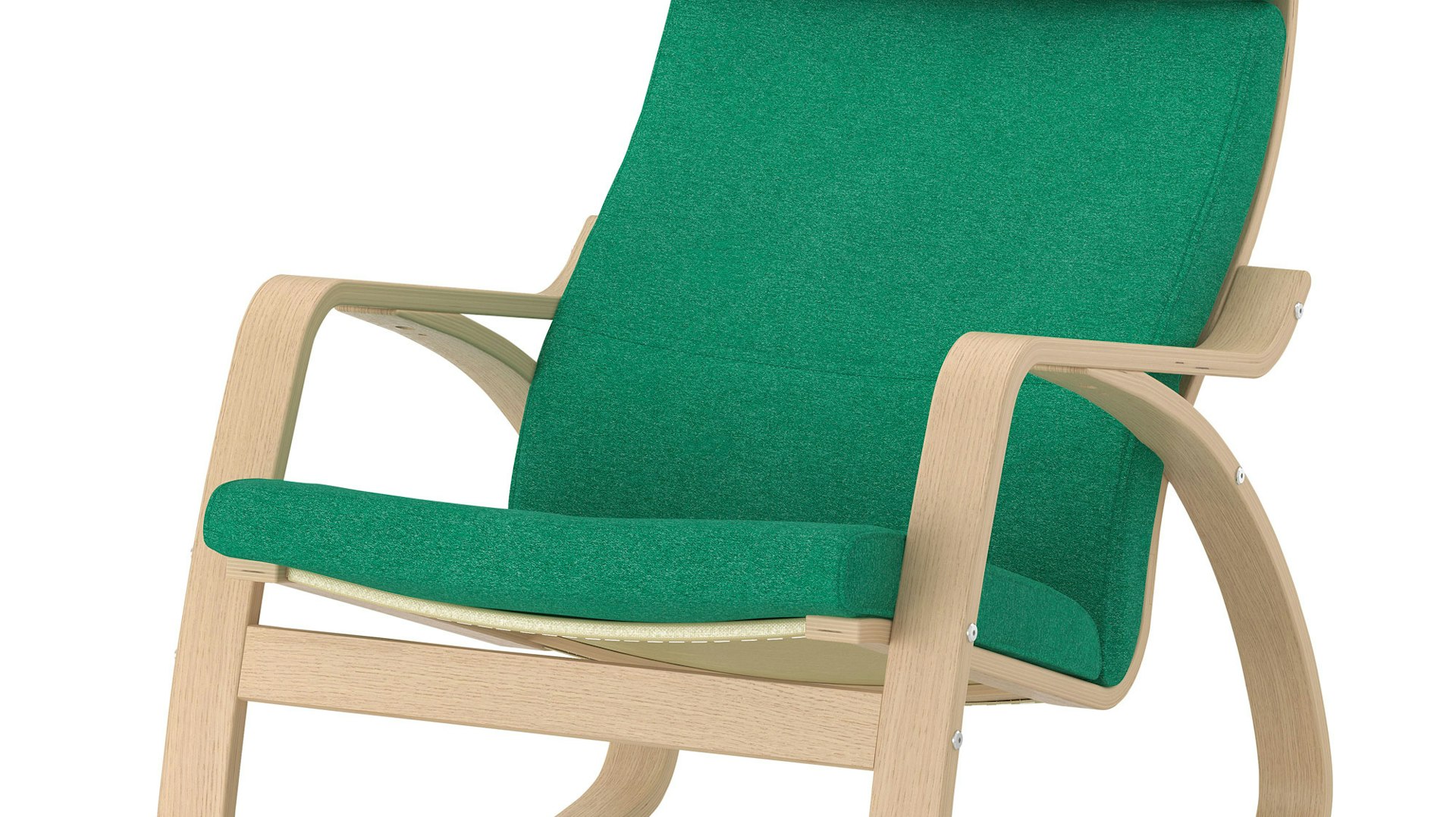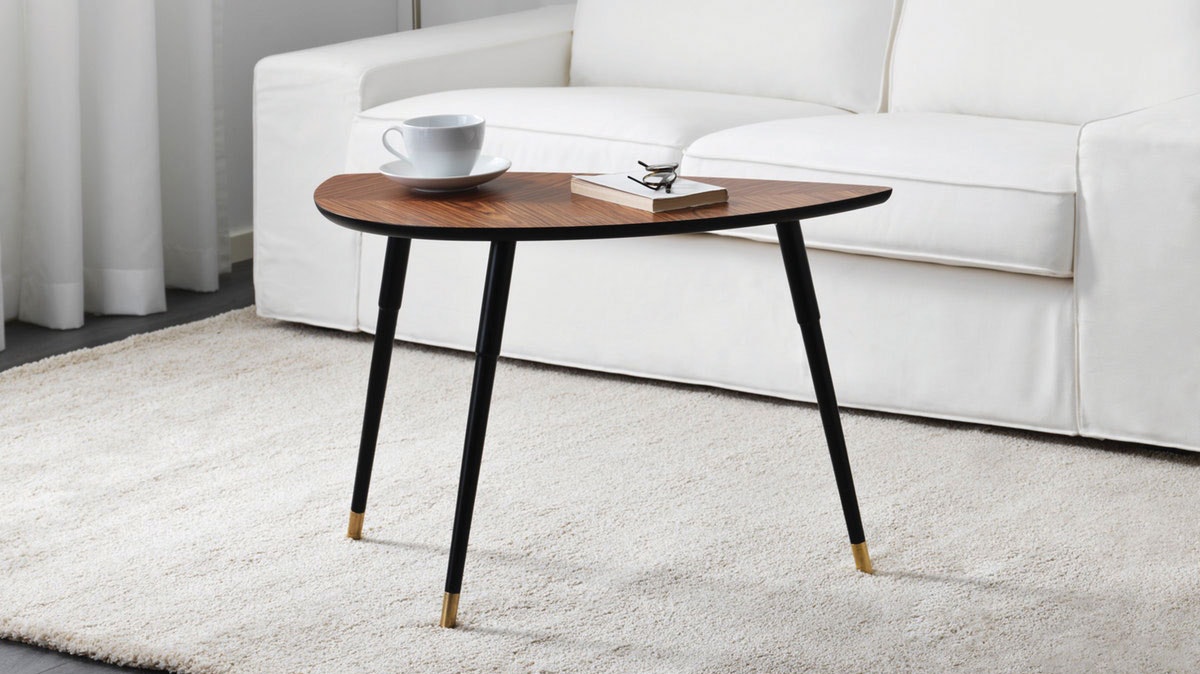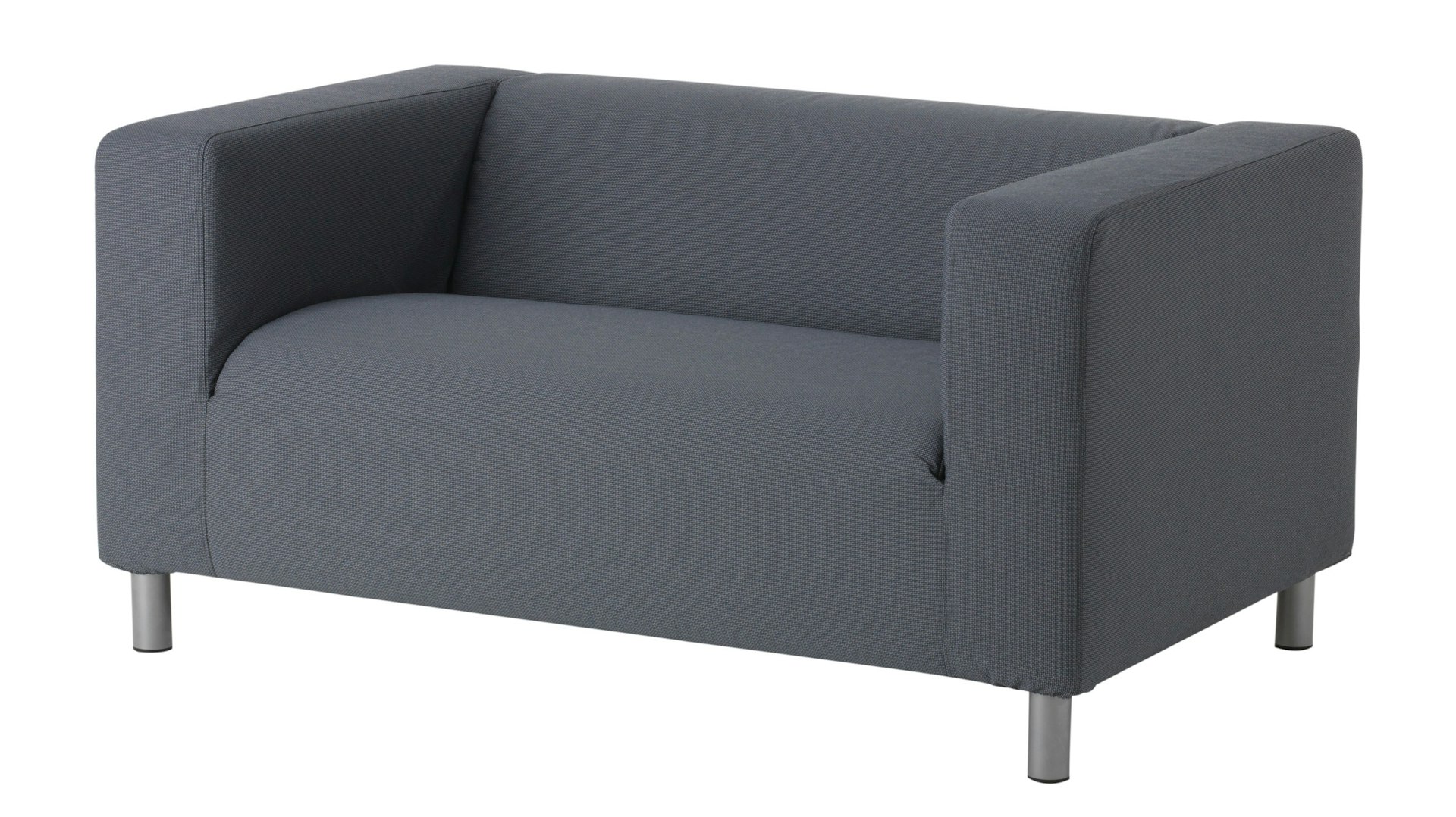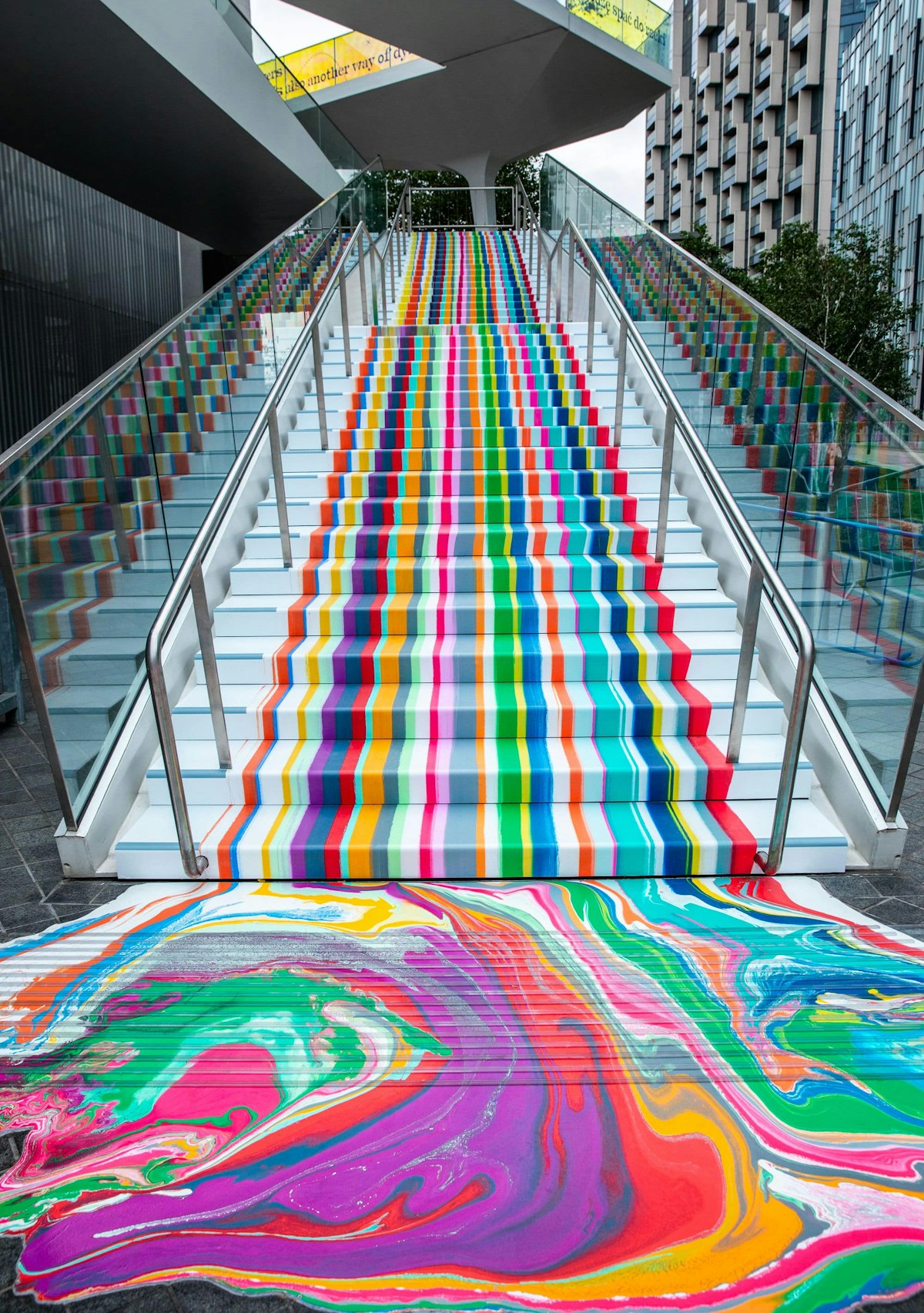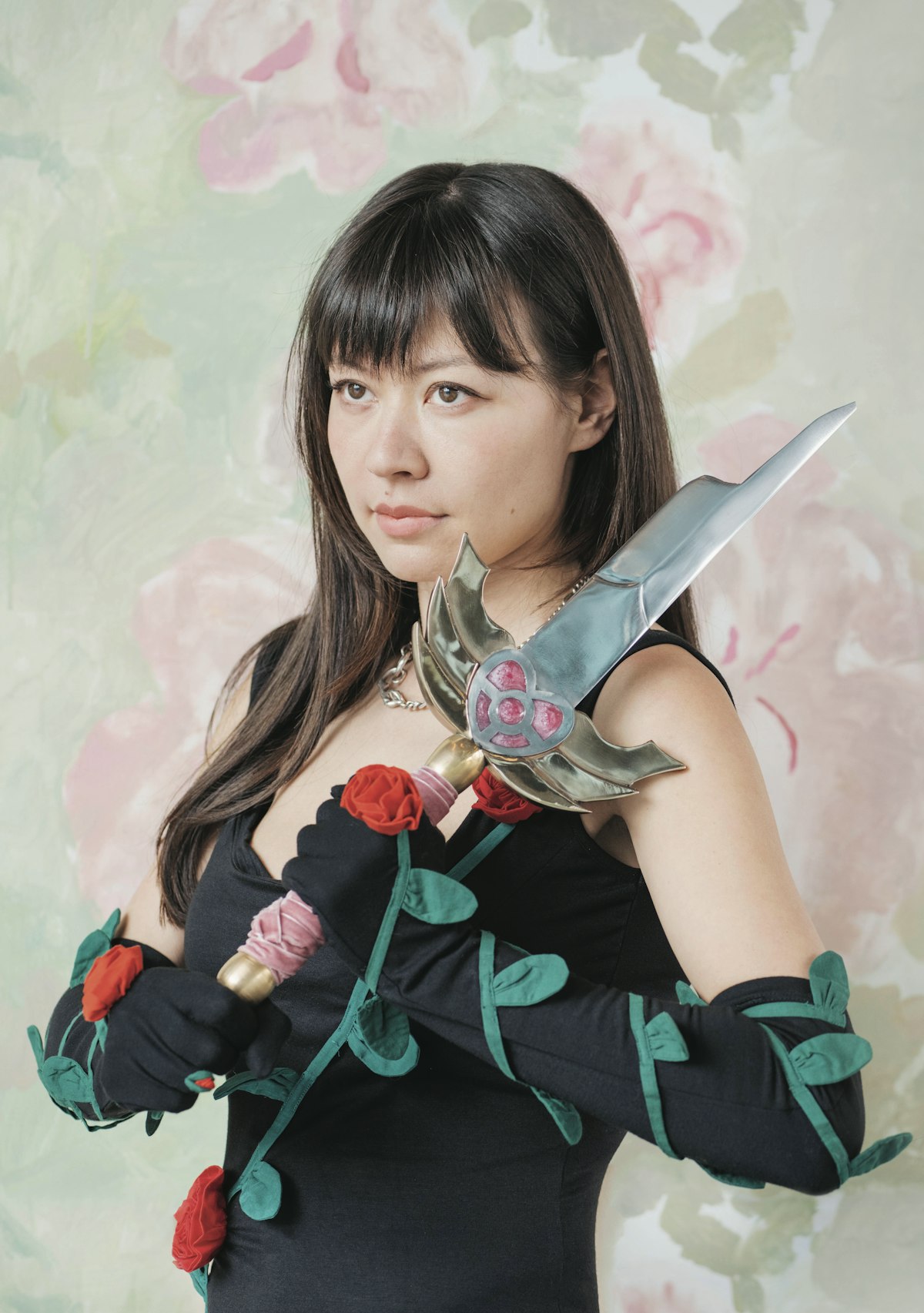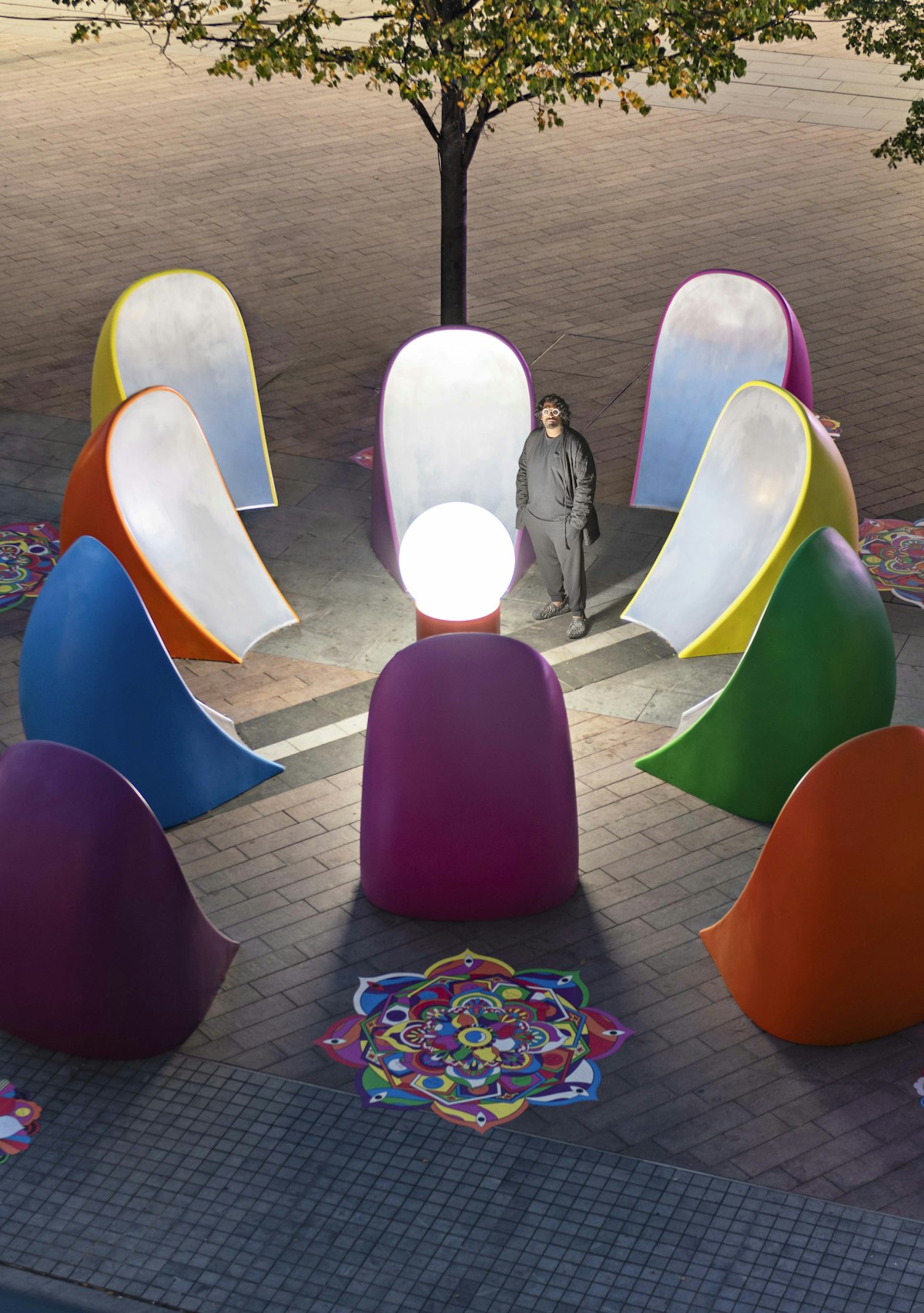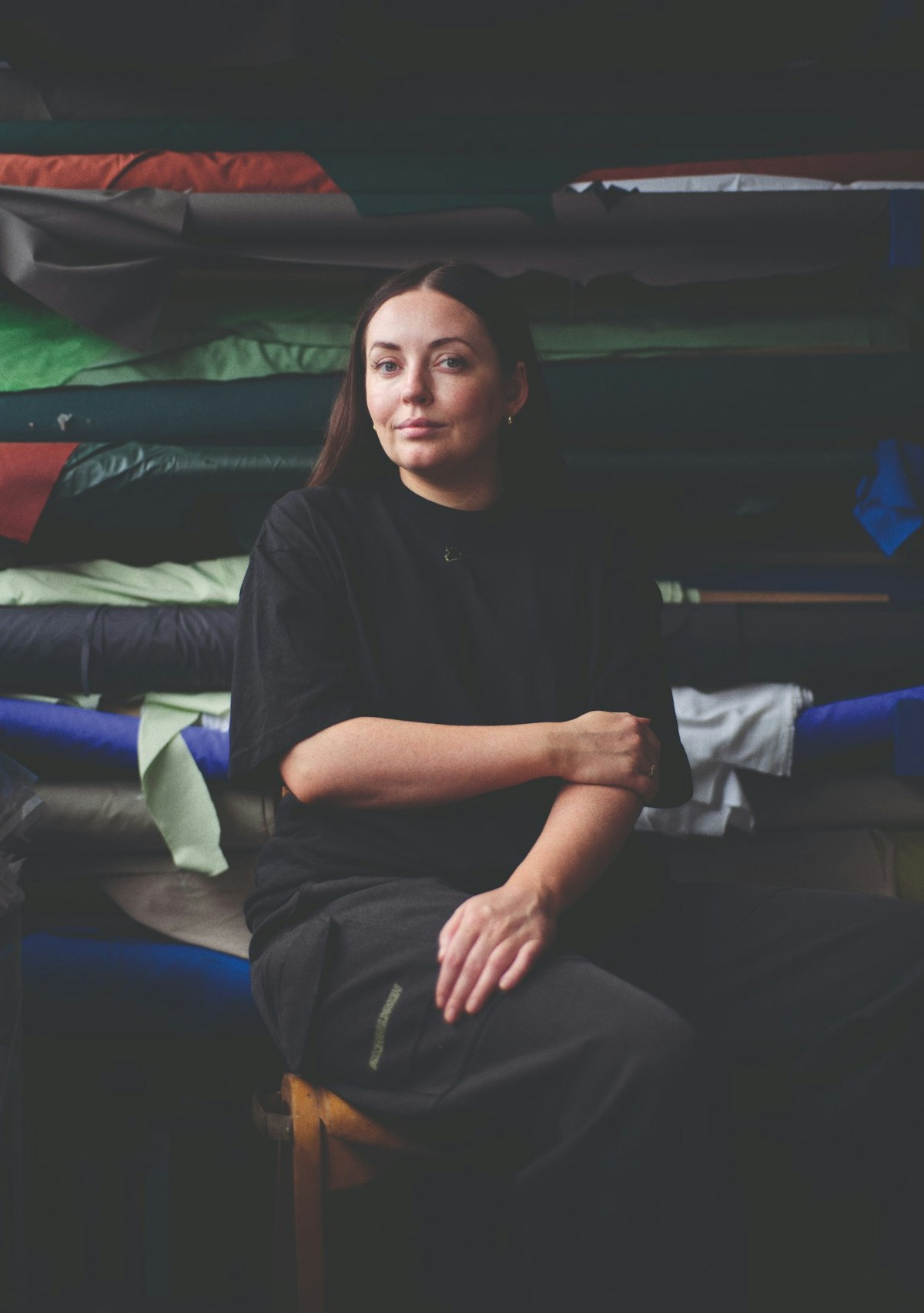
5 IKEA Classics
IKEA's new Greenwich store is one of the furniture chain’s most sustainable, yet the Swedish firm has always been good at recycling popular designs; here are some of its best-loved, longest-standing classics.
The Billy Bookcase
Ikea’s Gillis Lundgren sketched out this simple yet phenomenally successful piece of furniture (from £25) on a napkin back in the late 1970s. First produced in 1979, the bookcase has gone on to sell more than 110 million units. It’s changed a little bit over 40 years, shrinking from its original 90cm width to a slightly slimmer 88cm, after some customers complained its veneered, particle-board shelves couldn’t take the weight of a full stack of books (the size change also helped Ikea pack more Billys on to a shipping pallet). However, its relative uniformity has led Bloomberg, the financial media company, to publish a Billy Bookcase index that, much like the Economist’s Big Mac Index, compares the price of a single Billy across the world, as a light-hearted guide to purchasing power and exchange rates.
The Ekenäset Armchair
This sleek, understated armchair was originally issued by the Swedish manufacturer back in the late 1950s, as an attempt to offer Danish-style modernist hardwood furniture. The earlier model was actually named after a Danish town – the western seaport Esbjerg – perhaps encouraging Swedes to associate these seats with their neighbouring nation’s reputation for fine carpentry. Sixty years later, Ekenäset still conjures up the mid-century Scandi good life. For around £185, you’d be hard-pushed to find a vintage item of this standard in this price range.
The Poäng Chair
Poäng (£85) – which translates from the Swedish as "point" – was actually partially the work of Japanese designer Noboru Nakamura. He travelled to northern Europe in the early 1970s, drawn in part by the region’s reputation for progressive, subtle, humanistic designs. His chair, developed in conjunction with Ikea’s own director of design, Lars Engman, draws on the work of an earlier Scandinavian pioneer, the Finnish architect, designer and bent-wood expert, Alvar Aalto. Thanks in part to those retro references, as well as its relative affordability and pleasant rocking feature – the rear portion has a bit of spring in it – Poäng has remained a popular item more or less since its introduction.
The Lövebacken Table
Originally named Lövet or "leaf", this 1965 table (£45) gave rise to more or less all flat-pack furniture. According to Ikea, designer Gillis Lundgren was unable to fit the original version in his car, so he sawed off the legs and later reattached them. Whether or not we should credit Lundgren’s hasty disassembly job with one of the most consequential manufacturing decisions in modern times is unclear. However, we can be sure that today’s version, now called the Lövbacken, still comes with screw-on legs, enabling buyers to stick this in the boot without having to reach for the handsaw.
The Klippan Sofa
Another 1979 vintage, the popular sofa (£185) was created by design director Lars Engman, after his kids more or less destroyed an expensive handsomely designed Italian couch that he had invested in. Klippan means "cliff" or "outcrop", which may reference the sofa’s toughness. The wooden-framed, steel- legged piece has a fabric covering that can be machine-washed, or even replaced if it receives a big battering. It’s also one of Ikea’s simplest self-assembly items – all you need to do is screw on the floor legs – and it is removal man-friendly, as this standard, two-seat model fits through most apartment doors quite easily. Anyone who has moved with a more cumbersome couch will like that feature.
For more information on Greenwich's newest IKEA click here.
